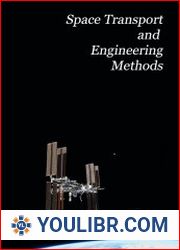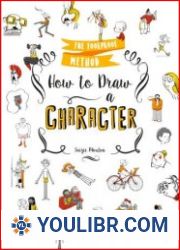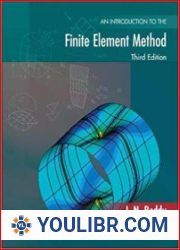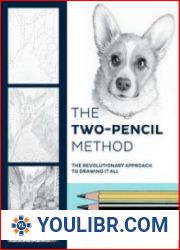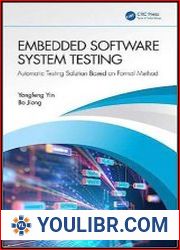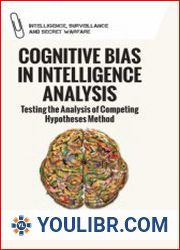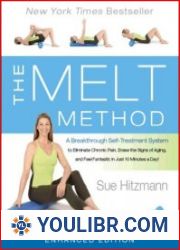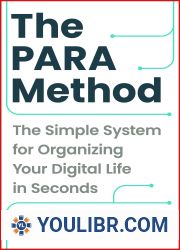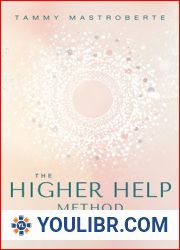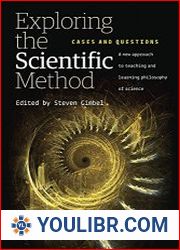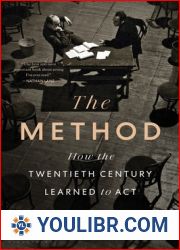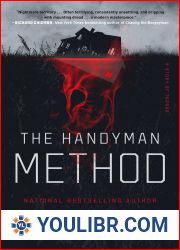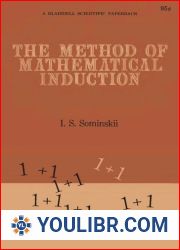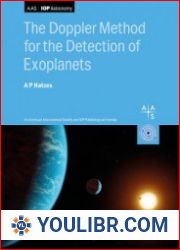
BOOKS - The Neglected Goat: A New Method to Assess the Role of the Goat in the Englis...

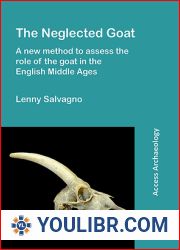
US $7.87

11811

11811
The Neglected Goat: A New Method to Assess the Role of the Goat in the English Middle Ages: A New Method to Assess the Role of the Goat in the English Middle Ages
Author: Lenny Salvagno
Year: May 31, 2020
Format: PDF
File size: PDF 41 MB
Language: English
Year: May 31, 2020
Format: PDF
File size: PDF 41 MB
Language: English
Distinguishing between the bones of sheep and goats is a notorious challenge in zooarchaeology. Several methods have been proposed to facilitate this task, largely based on macro-morphological traits.This approach, which is routinely adopted by zooarchaeologists, although still valuable, has also been shown to have morphological discriminant traits can differ in different sheep goat populations and a correct identification is highly dependent upon experience, as well as the availability of appropriate reference collections and the degree to which a researcher is prepared to 'risk' an identification.The Neglected Goat provides a new, more objective and transparent methodology, based on a combination of morphological and biometrical analyses, to distinguish between sheep and goat post cranial bones. Additionally, on the basis of the newly proposed approach, it reassesses the role of the goat in medieval England.There are several historical and archaeological questions concerning the role of this animal that have so far remained why is the goat commonly recorded in the Domesday Book, when it appears to be so scarce in the contemporary archaeological record? Is the goat under-represented in the archaeological record or over-represented in the Domesday Book? Why is this animal, when identified in English medieval animal bone assemblages, almost exclusively represented by horncores?Through the investigation of a number of English sheep and goat medieval assemblages, this study sheds light on these questions, and suggests that the goat was indeed rarer than the Domesday Book suggests.Table of Contents1 INTRODUCTION AND BACKGROUND1.2 TAXONOMY1.3 METHODOLOGICAL BACKGROUND1.4 THE MEDIEVAL ENGLISH SETTING THE SCENE2 STUDY OF THE MORPHOLOGICAL TRAITS AND BIOMETRY OF THE MODERN MATERIAL2.1 METHODS2.2 MATERIALS2.3 INTER-OBSERVER ERROR AND INTRA-OBSERVER CONSISTENCY TESTS2.4 MORPHOLOGICAL RESULTS2.5 BIOMETRIC RESULTS2.6 DISCUSSION OF THE STUDY OF THE MODERN MORPHOLOGICAL AND BIOMETRICAL APPROACH3 RE-EVALUATION OF THE ROLE OF THE GOAT IN MEDIEVAL ENGLAND3.1 THE ARCHAEOLOGICAL SITES3.2 KING'S LYNN (AD 1050-1800)3.3 MEDIEVAL AND POST-MEDIEVAL FLAXENGATE (C. LATE 11TH CENTURY ADLATE 14TH - MIDDLE 16TH CENTURY AD)3.4 WOOLMONGER KINGSWELL STREET, NORTHAMPTON (C. 1000-1550 AD)3.5 DISCUSSION OF THE APPLICATION OF THE NEW METHODOLOGY ON ARCHAEOLOGICAL ASSEMBLAGES3.6 REASSESSMENT OF THE ROLE OF THE GOAT IN MEDIEVAL ENGLISH HUSBANDRY AND A BEGINNING3.7 FUTURE THE WAY IS PAVED4 CONCLUSIONSREFERENCESAPPENDICESAPPENDIX THE IMPORTANCE OF THE GOAT IN THE HUMAN PASTAPPENDIX BLAND AND ALTMAN PLOTS AS INTEGRATION OF THE ICC (INTER-OBSERVER ERROR)APPENDIX DESCRIPTIVE STATISTICS FOR THE MODEN SHEEP AND GOAT MATERIALAPPENDIX ASSUMPTIONS FOR DISCRIMINANT ANALYSIS (DA) AND PRINCIPAL COMPONENT ANALYSIS (PCA)APPENDIX PCA, A BRIEF GLOSSARYAPPENDIX HOW TO USE IT TO PREDICT NEW ARCHAEOLOGICAL CASES







